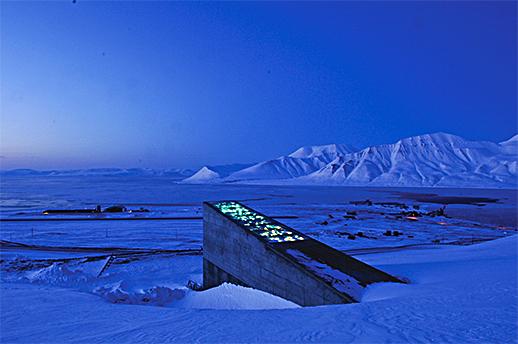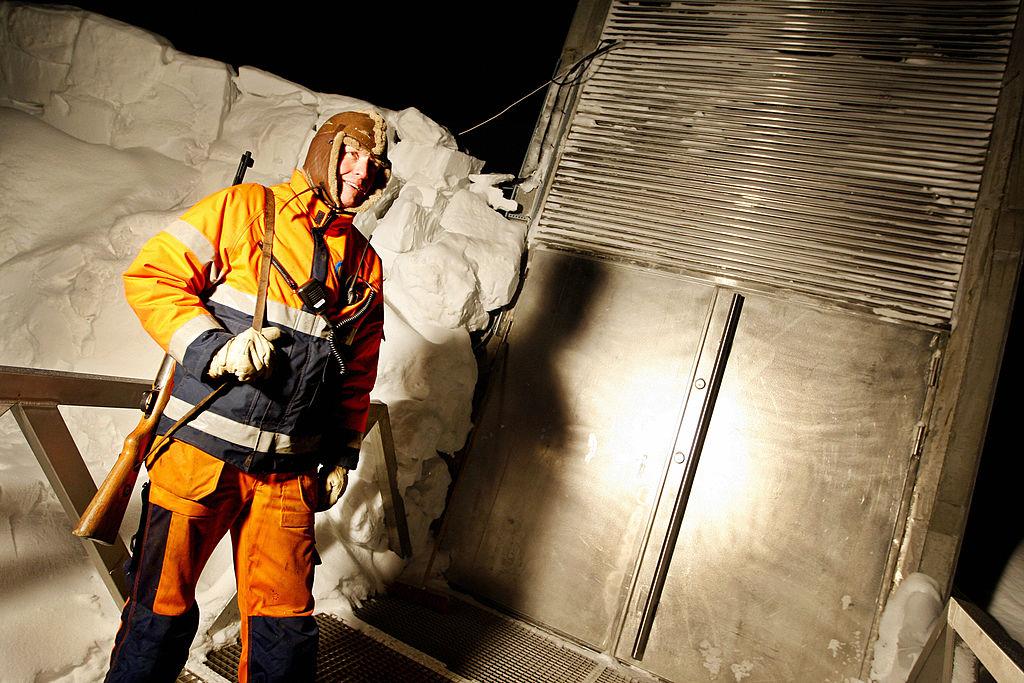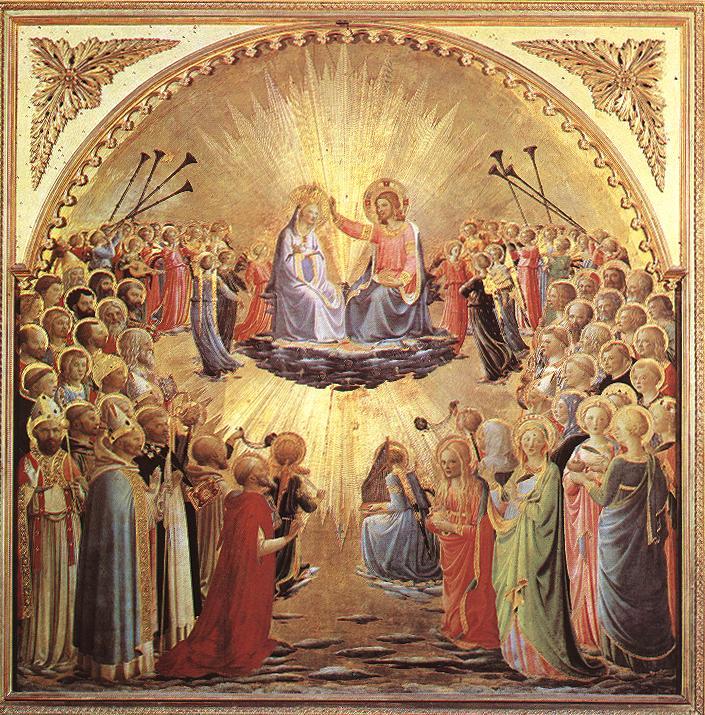Twelve thousand reindeer, 3,500 polar bears, and 2,700 people populate the remote Svalbard islands, located between Norway and the North Pole. A sharp thrill and a sense of exhilaration always accompany Marie Haga when she arrives here, on the island of Spitsbergen. At the heart of the island is a snowy mountain with a protruding door that marks her destination: the Svalbard Global Seed Vault, also known as the “doomsday vault.”
Arriving at the vault, she opens the heavy steel door and walks down a long concrete tunnel, built into the mountain. It’s another 400 feet to the seed vaults, located in the permafrost, where the temperature remains around minus 4 degrees Fahrenheit—a necessary inconvenience to ensure the preservation of the treasures hidden in envelopes and boxes, lined up on hundreds of shelves.





